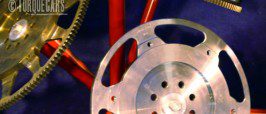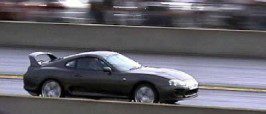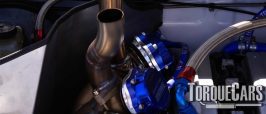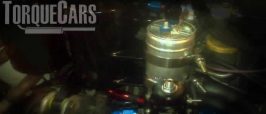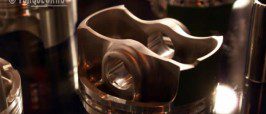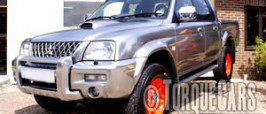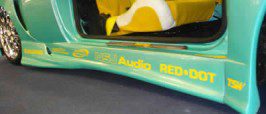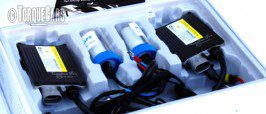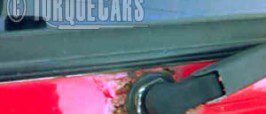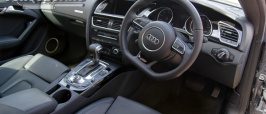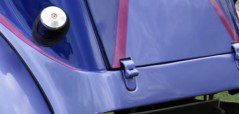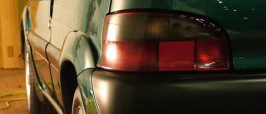Daimler Tuning Tips and Modifications
Maximise your Daimlers driving pleasure
Thank you so much for visiting TorqueCars, we love Daimler’s and see quite a few interesting projects.
If you are looking to build the ultimate Daimler then you’ve found the right place.
Our tuning tips and articles for the Daimler cover all the best mods and latest tuning methods to help you build a great modified Daimler.
With the help of our forum members, industry professionals and seasoned car modders we present a best practice guide to modding your Daimler.
Please join us in our forums, we love to hear what members are up to and it helps us spot trends so that we can ensure the site is always covering the latest and greatest tuning topics.
Feel free to drop a tip or suggestion on the comments box at the bottom of each and every article, this feedback is greatly valued and helps us refine our articles.
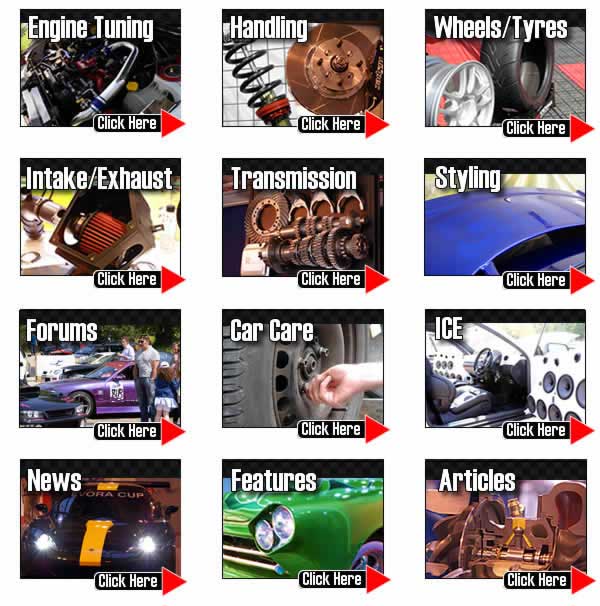
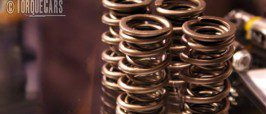
The valves are like the doorways into the engine and control the flow of the intake air and fuel and then after combustion they control the exit of the exhaust gases.
As you can guess the valve springs work incredibly hard, and as you increase the power of your engine the valve choice is vital.
TorqueCars will now take a look at the many considerations taken into account when selecting valve springs.
Big valve kits – larger intake valves.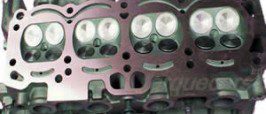
The heads primary job is the mixing of fuel and air and delivering this to the combustion chamber.
Any turbulence or drag can restrict the air flow into the engine starving you of power. So this TorqueCars article will focus on the intake valves and how they can be improved.
The aim of head tuning is both to maximise the amount of air and fuel that gets into the engine, and to improve the mixture.
Stage 1 tuning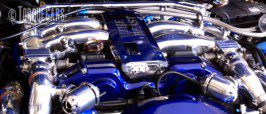
We look at tuning cars, and taking the car to stage 1, where most people start. We blow open many common myths around common stage 1 mods, and help you decide which are the best mods for your car and upgrade options.
Benefits and drawbacks of engine water injection systems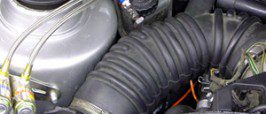
You’ve finished tuning up your engine but you find that at full throttle the engine splutters or stalls. When you get the car on a diagnostic you find that the knock sensor is kicking in to protect the engine.
Engine knock is a condition where the fuel inside the engine ignites prematurely and occurs within an engine running at high compression. (It can also be caused by other factors including low octane/poor quality fuel or hot spots within the engine.)

